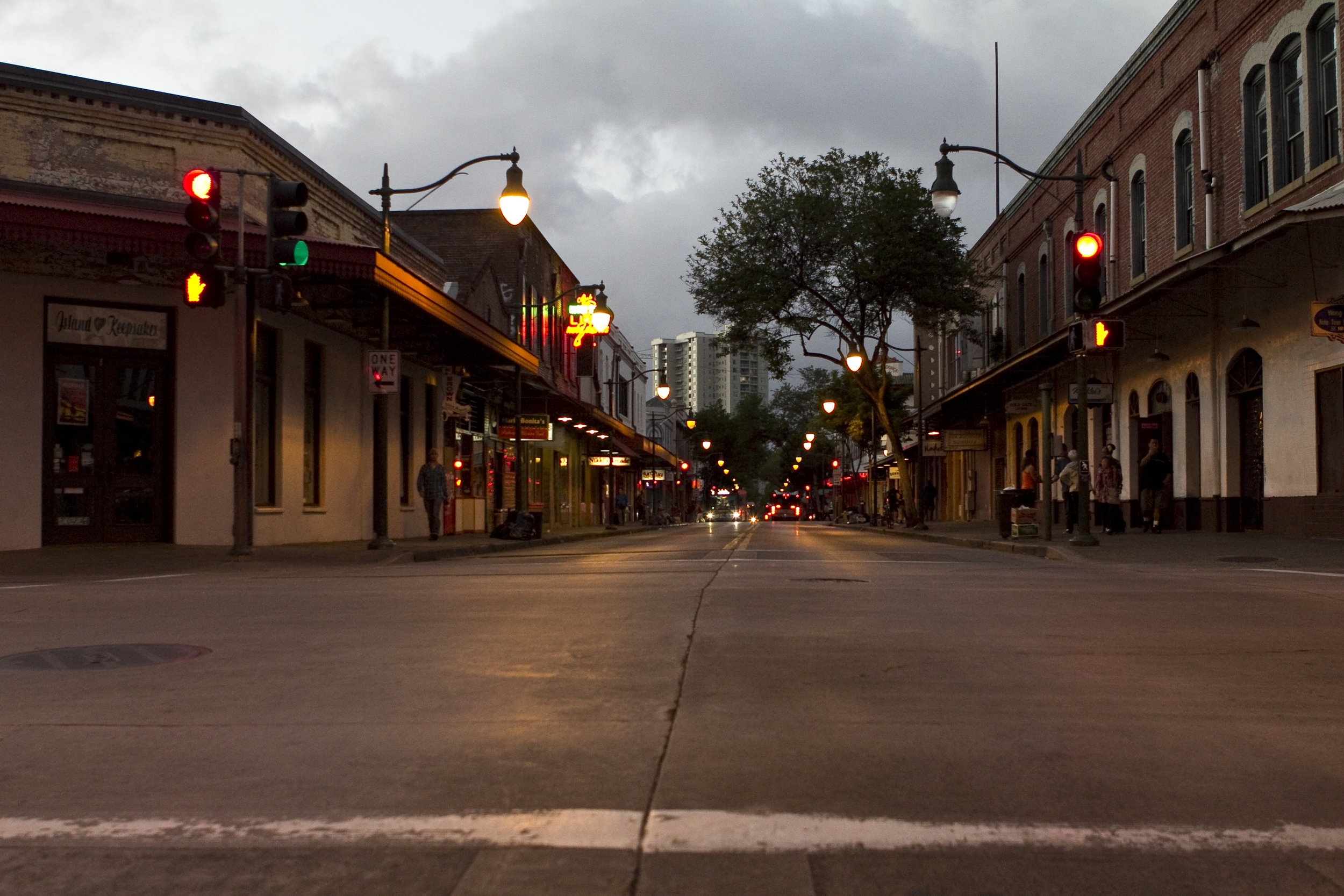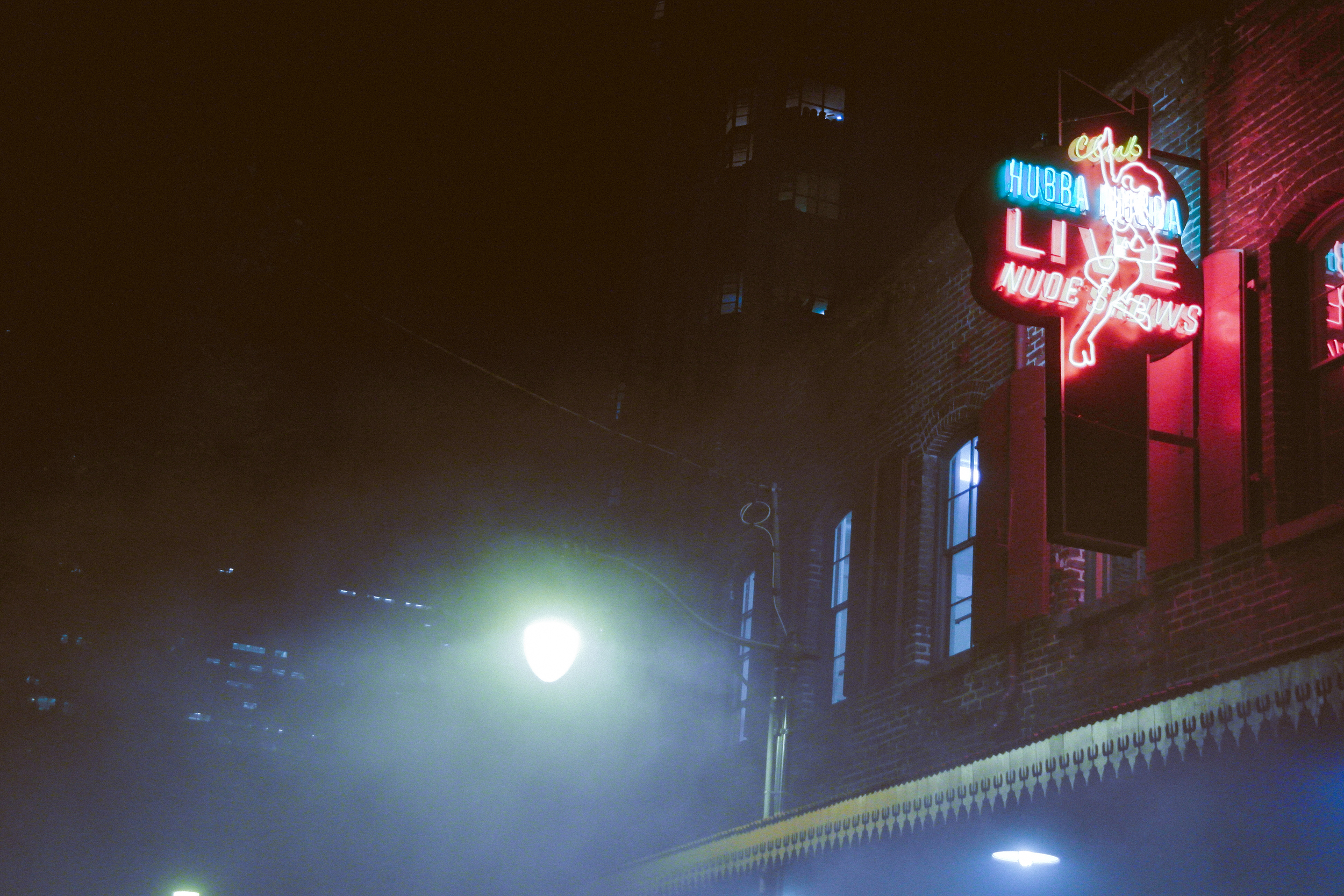Allison Roscoe has partnered with the Honolulu Museum of Art to construct a building that will adjoin the museum and house a classroom from which she could teach the art of papermaking, from Hawaiian kapa to Japanese indigo-dyed and shibori paper.
Hawaiʻi is one of the few places where misfits, gangsters, sailors, missionaries, mothers, and doctors can work and live together—and proudly show off their tattoos. The shock factor of tattoos is fading but the art is not, and getting a tattoo is no longer solely associated with social outcasts and criminals.
"What do shiny computerized renderings of the multi-million-dollar commercial and residential 'Kaka'ako' have to do with the community that raised art, culture and revenue through their own determination and creativity? In other words, how will graffiti fit between glass walls and corporate logos?"
When filmmakers Jeff Katts and Jason Suapaia were rejected from the Hawai‘i International Film Festival in 1999, they decided to make their own damn festival. 15 years later, it’s bigger and stronger than they ever could’ve believed.
Once upon a time, comic books were often looked upon with derision, while the readers were cast out as nerds, worthy of ridicule. My, how times have changed.
“Then you lay everything out on Photoshop, print it, fold it up, and stitch the pages together, then BAM!”
Fish markets, dim sum stands, and medicinal herbs shops share blocks with trendy boutiques and wine bars. Chinatown’s transformation from a den of prostitutes and drug dealers to a destination for tourists and locals has been slow, but moving. And yet remnants of its seedier history continue to linger.
Street performers in Hawaii occupy an unusual gray area: are they illegal panhandlers that block our sidewalks or celebrated artistic facets of our city?
Pepakura. You’d be forgiven if you thought it was an exotic dish. Far from it. For the subculture of costume players (cosplayers), it’s the affordable way to create the intricate costumes they adorn at fan conventions. With paper.
Old chairs can be renovated into chic and modern works of art, plastic wire found on the beach may become the stuffing of an enormous whale, and shelves of knick knacks and random articles are ingredients for a beautiful new dish that feeds the community with laughter, surprise and wonder.
2,500 miles from the nearest continent, Hawaiʻi would seem to be an ideal spot to escape from a zombie-infected world. But what if the outbreak started here? After rounding up your friends and family, what would you do and where would you go?
The most contentious nodes of local culture are connected to material remains of Hawaiian culture, especially locations that are historically and spiritually significant to Hawaiian people but not officially “policed” or maintained. The summer home of King Kamehameha III, Kaniakapūpū (“The Singing Of The Land Shell”), is one such place.
Dreams have mystified and haunted people for generations, spanning eons, challenging all with their elusive messages. Learning to understand them can be of great benefit.
“In the Western context,” Enos explains, “education is a pathway out of poverty, but, for our ancestral responsibilities, education is a pathway to responsibility. You are being armed with the ability to truly defend Hawaiʻi, and not with an AK-47.”
Colored Christmas lights are the only lights at the end of this dark tunnel. I approach.
There’s a creature threatening Hawai‘i and it’s scarier than Godzilla. Turns out humans aren’t the only organisms on Earth who like coffee.
Hale Nauā, given the English names "House of Wisdom” and "Temple of Science," was dedicated to preserving traditional Hawaiian knowledge, while also seeking connections to modern Western science.
When the first missionaries arrived in Hawaiʻi from New England in 1820, the literacy rate had been practically zero. The missionaries set out to translate the Bible into Hawaiian and teach the Hawaiians to read it. What began as a means to spread Christianity quickly became a revolution of literacy throughout the Hawaiian Kingdom.
I am proudly paperless in most aspects of my life, but the moment I am cast in a role, I begin a racy affair with my script!
Musician and manager Shawn Davenport shares his honest thoughts on Hawai‘i’s local music scene, both the good and the terrible.
The student-run, noncommercial radio station KTUH has been keeping Hawai‘i’s airwaves diverse since 1969. Part of that process includes teaching and training new DJs to carry on the legacy. And by train, I mean some serious Radio Miyagi business.
Dr. M. Lee Goff is a Forensic Entomology Consultant and Professor Emeritus of Forensic Sciences at Chaminade University.
Maʻa Tanuvasa is currently the Mililani High School Football Coach, former NFL Defensive Lineman, and two-time Super Bowl winner (1998, 1999).
Shawn Steiman (a.k.a. Dr Coffee) holds a doctorate in coffee science and works as owner/consultant for Coffea Consulting and Daylight Mind Coffee Company on the Big Island.
I went to the Arctic to experience another type of environment, a place almost without architecture. I have long been fascinated with the Arctic—a place of extremes, incredibly fragile yet forcefully resistant to human presence.
We recently spoke to Lopaka Kapanui, protégé of the late, great storyteller Glen Grant, to get his take on Oʻahu’s top hauntings. Some may be familiar, others may be new. All are creepy.
In 2007, I joined a local archaeology company, digging for historical artifacts and ancient burials. I monitored construction sites and performed cultural assessments for development projects, dealing with any finds lawfully and with a culturally respectful nature. One particularly sensitive site was in Kaka’ako.
The asphalt road to Hot Coffee is smooth but worn, nestled in a sea of thick green trees in backwoods Mississippi.
According to Chemistry.com, Hawai‘i ranks number one in the nation when it comes to looking online for love between the hours of midnight and 6 a.m., beating out top contenders Las Vegas, Brooklyn, and Long Beach. Why?
Oʻahu’s street-racing scene is alive and well and seemingly unaffected by the cheesiness of a certain film franchise starring Vin Diesel. So where are these powerful engines and brightly painted chassis going?
Four hundred and fifty miles away from Maui, the first plane ever to attempt to fly from the continental United States to Hawai‘i runs out of fuel. Commander John Rodgers—the second U.S. Navy pilot to earn his wings—brings the PN-9 down on the open ocean.
Dino Pertzoff, rockstar president of World Wide Window Cleaning, dangles over the sides of 30-plus-story buildings in central Honolulu. We join him.
Like the clouds that move over the Pali peaks, the water that rushes down Likeke Falls, or the gusty wind that blows over the lookout, Hawaiʻi Route 61 is a conduit of perpetual motion, of coming and going. In all of its incarnations, it has been a necessity of commerce and community, and a witness of change.
“Sir,” the officer warns. “You can either get these shorts on, or you can go to jail butt naked.”
“This is an outrage!” he yells. “This is going to be the front page of the paper tomorrow!”
“Trust me, this will not make the news,” one cop says. The other glances at me.












































